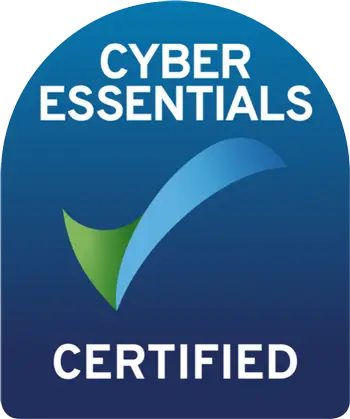If you’ve ever managed a Facebook page, you’ll know the button we’re talking about – that big blue one next to every post you’ve ever published. We know it’s easy and tempting to press it, but DON’T DO IT!
We’ll take a look at why, but first, why advertise on Facebook at all?
One of the main reasons Facebook advertising stands out against other channels is how specifically you can target people with your content. Imagine being able to fill a room with your exact target audience – age, gender, interests, browsing and buying habits, demographics and their location. This is effectively what social media advertising delivers, but on a much larger scale. Thousands upon thousands of people considered to be your target market are the only ones to see your ads – meaning absolutely zero wastage. It must be expensive to do that though, right? Actually, no. In fact, it’s one of the cheapest forms of advertising out there. Thousands of people within your specific target market will see your content for pennies if done correctly.
Advertising on Facebook is more important than ever. You could have the most interesting, funny, incredible looking content anyone has ever seen, but if no one is seeing it, what’s the point? A few years ago, Facebook decided to make changes to their feed algorithm – the nifty bit of code which decides which posts pop up when a user opens their Facebook app. The change meant that company posts now appear much further down the feed than the posts created by friends and family. Thanks to this, organic reach isn’t anything like what it used to be and it pays to advertise as it means your post will be seen.
If you started reading from here (which would be weird), it may seem that Facebook ads are the bees’ knees. Anyway, back to the boost button. How is it different? This is how you do Facebook ads, isn’t it?
Yes and no. It’s technically part of the Facebook ad system, but it’s accessed through your newsfeed rather than the dedicated ads manager. Therefore, you can only choose limited objective options and are restricted to boosting posts rather than running separate ads. While this makes things straightforward and speedy, you’re still just scratching the surface of the capabilities of Facebook advertising, even with recent interest and audience targeting additions.
So, what can this amazing ads manager, that we’ve been banging on about, actually do that the boost button can’t?
- With ads manager, you’re not restricted to just two ad objectives. Every business has different objectives for their social media platforms. If it’s website traffic – no problem. Brand awareness? Easy peasy. Video views – how many thousand do you want? Conversions – gotcha. Whatever your objective is, Facebook will show your ad to people who are likely to complete that action based on their recent activity. You can also optimise your ad delivery for each objective, prioritising exactly what you want to achieve, such as impressions, clicks or anything else. This allows us to take customers on a journey, targeting them initially through an awareness or video campaign, next getting them on the website for more info, before finally converting them into a customer.
- How do we know what copy and graphics are going to work? Truth be told, we don’t – no one does! We have a very good idea, but until you click publish on that post, you will never know if the post will flop or be the next viral sensation. To get the best results in advertising, we split test. This involves creating a bunch of different versions of your copy, designs and sometimes even targeting. Selecting CBO when creating a new campaign (campaign budget optimisation) will mean Facebook tests all of them until it finds clear winners that are performing well. The vast majority of your budget then goes into these ads which perform the best. When boosting a post, you’re just stabbing in the dark.
- You can specify exactly where your ad appears. Some ads work better in stories and some work better in the feed. It can depend on whether you’re using still images or video, or even the orientation of your content. Portrait is sometimes better suited to mobile and story placements as it has a bigger footprint on a phone screen, whereas landscape and square often suit the feed more than anywhere else. Why wouldn’t you want your content to be the best it can be?
- You need to stand out. Did you know the average person scrolls through 300 feet of content on social media every day? Your ad needs to be eye-catching and thumb-stopping enough to grab their attention. What’s the best way to do that? Don’t make it look like the hundreds of feed posts they’re already whizzing past at the speed of light. You can create some pretty cool looking creatives in ads manager such as carousel sets, instant experiences for your customers and video ads – all of which make your brand stand out.
The above can work for any business in any industry. We’ve managed advertising for everything from builders merchants to beauty salons and animal charities to countryside shows. For each of these clients we’ve achieved ROI (return on investment) which has led to tangible results. Get in touch if you need any help with your social media management.

